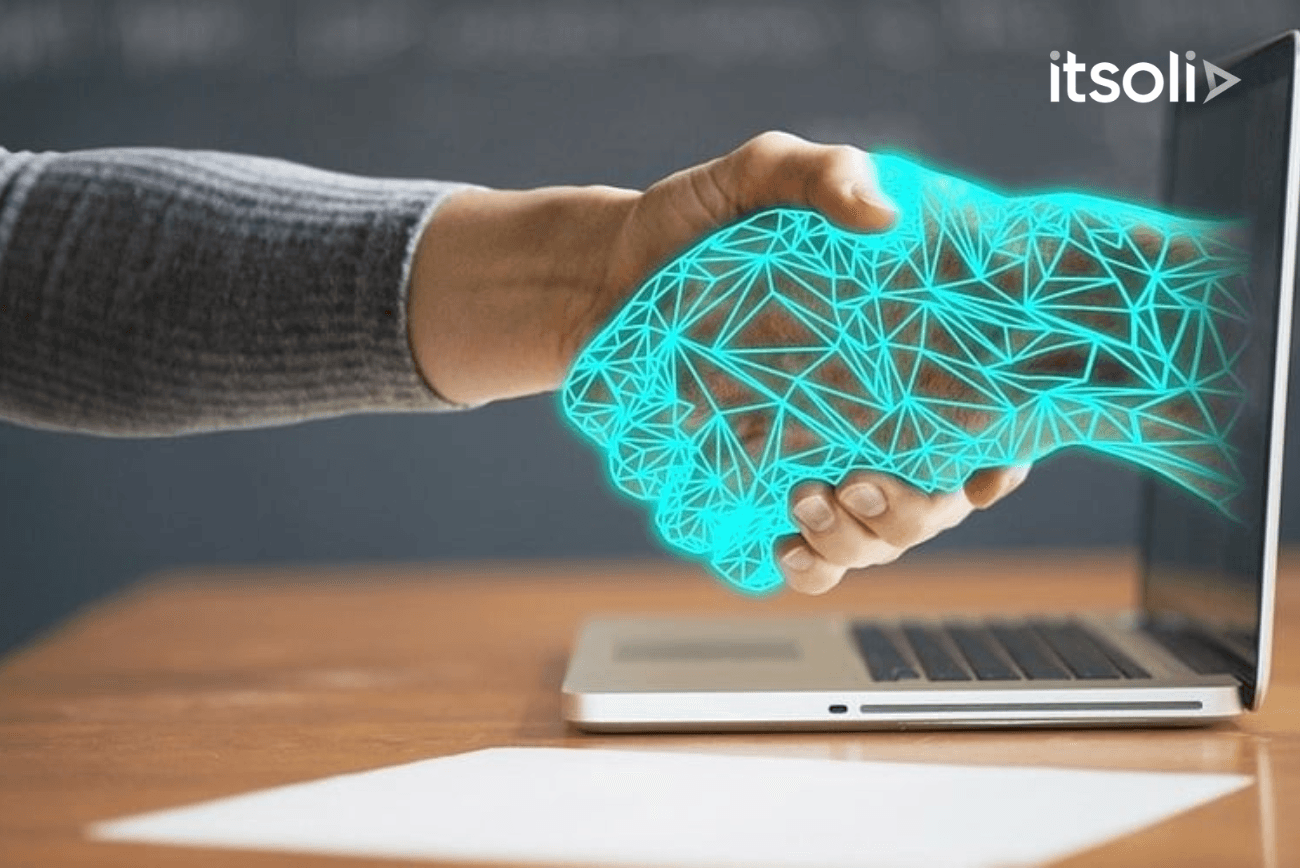
Enterprise AI Meets ERP: Injecting Intelligence into Backbone Systems
October 6, 2025
ERP systems are the beating heart of enterprise operations. They manage everything from inventory to invoices, HR to procurement, and supply chains to sales orders.
But while these systems are robust and deeply embedded, they are not always smart.
They follow rules. They automate workflows. But they rarely adapt, learn, or optimize.
This is where AI comes in.
Injecting AI into ERP is not just about fancy dashboards or predictive widgets. It is about fundamentally upgrading the decision-making capabilities of the enterprise’s core engine.
Why ERP Needs AI Now
ERPs were built for stability and standardization — not adaptability. That made sense in a world of predictable demand and long planning cycles.
Today’s world is different:
- Supply chains are volatile
- Customer expectations shift overnight
- Labor markets are fluid
- Regulations evolve rapidly
- Business strategies pivot quarterly
Static rules cannot keep up. AI offers a way to introduce learning, foresight, and agility into ERP-driven operations.
Use Case 1: Intelligent Procurement Recommendations
ERP systems already automate procurement processes — but they often rely on static rules or pre-set vendor preferences.
AI can enhance this by:
- Predicting price fluctuations across suppliers
- Suggesting alternative vendors based on delivery trends
- Identifying over-reliance on specific regions or currencies
- Recommending early payment strategies based on working capital forecasts
This turns procurement from reactive to proactive.
Use Case 2: AI-Powered Demand Forecasting
Most ERPs support basic demand planning. But AI can take it further with:
- Time series models that learn from multi-year trends
- External signals like weather, economic indicators, or social media
- Real-time recalibration as new sales orders arrive
The result? Smarter replenishment cycles, reduced stockouts, and less working capital locked in inventory.
Use Case 3: Automated Exception Handling
In large ERPs, exception handling is a huge time sink.
AI can triage exceptions before they hit a human:
- Classifying which need immediate attention
- Auto-resolving common mismatches (e.g., pricing errors)
- Suggesting resolutions based on past actions
- Learning from outcomes to improve next time
This reduces fatigue, speeds up workflows, and allows staff to focus on the truly complex cases.
Use Case 4: AI-Augmented Finance Operations
Finance modules within ERPs handle massive transaction volumes — but often lack insight.
AI can support:
- Smart anomaly detection in payments and receivables
- Predictive cash flow analysis
- Automated classification of expenses and GL codes
- Intelligent invoice matching and fraud alerts
These upgrades reduce risk and tighten financial control.
Integration Is the Hard Part
The challenge is not the AI model — it is embedding it into ERP workflows. Most enterprise ERPs are complex, customized, and built on rigid schemas. Adding AI means:
- Mapping predictions to existing data structures
- Respecting approval workflows and compliance rules
- Ensuring changes do not break downstream processes
- Delivering insights in the right context (e.g., inside SAP or Oracle screens)
It requires deep integration — not bolt-on widgets.
The Right Place for AI in ERP
Not every ERP process needs AI. The highest impact zones tend to be:
- High-volume decisions (e.g., approvals, vendor selection)
- Error-prone steps (e.g., manual data entry, reconciliations)
- Complex planning (e.g., forecasting, capacity, scheduling)
- Areas with external dependencies (e.g., logistics, FX rates)
- Places where speed and accuracy drive value
Start where AI can augment — not replace — existing logic.
Human-in-the-Loop Design
ERP processes often involve compliance and accountability. This means AI outputs need to be:
- Transparent
- Auditable
- Controllable
Design with humans in the loop:
- Allow users to override AI suggestions
- Capture reasons for rejections (for retraining)
- Offer confidence scores or explanations
- Log decisions for compliance review
This builds trust and ensures regulatory alignment.
Choosing the Right Models
For ERP use cases, simpler models often win:
- Rule-based or regression models for finance
- Gradient boosting for forecasting
- NLP for document parsing
- Fine-tuned LLMs for support queries or document generation
Do not chase novelty. Focus on stability, latency, and interpretability.
Infrastructure Considerations
AI inside ERP must scale with enterprise needs. Ensure:
- Low-latency predictions for real-time decisions
- Batch pipelines for nightly or weekly cycles
- Model monitoring and drift detection
- Version control and rollback options
- Data privacy across departments and regions
Work with your ERP and cloud architecture teams to align roadmaps.
From AI Pilots to ERP Products
Most AI-in-ERP efforts begin as side projects. But real value comes when they are productionized:
- Embedded into standard ERP workflows
- Triggered by real business events
- Integrated with reporting and analytics layers
- Governed as part of IT and business operations
Move from shadow AI to enterprise-grade design.
ERP Is the Front Line of AI Transformation
For many enterprises, the ERP is not just a system — it is the backbone.
Embedding AI here sends a strong signal: this is not a lab experiment. It is core business.
Done right, AI makes ERP smarter, faster, and more adaptable — not by replacing people, but by giving them better tools, sharper insights, and fewer bottlenecks.

© 2025 ITSoli

